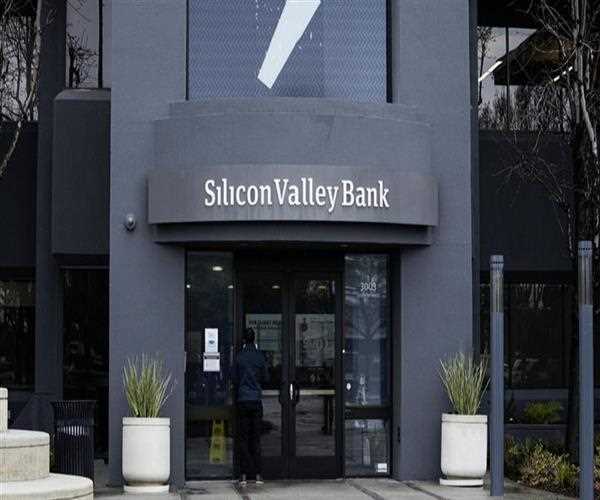
13-Mar-2023
The reasons for Silicon Valley Bank (SVB) Collapse
Silicon Valley Bank, the leading provider of financial services to technology and life science companies, has been a pillar of innovation in Silicon Valley for decades. However, in recent times, the bank's reputation has taken a hit following its sudden collapse. The news sent shock waves through the tech community as many businesses relied heavily on SVB for funding their operations.
The reasons for Silicon Valley Bank (SVB) Collapse are numerous and varied. However, the primary cause of the collapse was SVB's aggressive lending practices during the early 2000s.
During this time, SVB made a large number of loans to technology startups that were deemed to be high risk. These loans were often made with little or no
collateral, and many of the borrowers had weak credit histories. As a result, when the dot-com bubble burst in 2001, SVB was left with a large number of non-performing loans on its books.
In addition to its aggressive lending practices, SVB also made a number of poor investment decisions during the early 2000s. For example, the bank invested heavily in Enron stock just before the company collapsed. As a result of these and other bad investments, SVB reported losses in 2001 and 2002.
These losses, combined with the non-performing loans on its books, led to a loss of confidence in SVB by investors and depositors. This lack of confidence culminated in a run on the bank in September 2002, which ultimately led to its collapse.
Though, There are many possible explanations for why SVB collapsed, but some experts believe that the bank's management is to blame. They point to a number of factors, including the bank's aggressive growth strategy, its high leverage, and its reliance on wholesale funding. Others argue that the global financial crisis was the primary cause of the collapse, and that SVB's management team made a series of bad decisions in response to the crisis. Ultimately, it is difficult to say definitively who is to blame for the collapse of SVB.
In 2008, the failure of Silicon Valley Bank (SVB) was a significant event in the history of the American banking system. The bank was one of the largest lenders to technology startups and its collapse had far-reaching consequences for the startup ecosystem.
There are a number of factors that contributed to SVB's collapse, including the global financial crisis, lax regulation, and poor
risk management. However, there are some things that could have been done to prevent the collapse of the bank.
One thing that could have been done is to increase regulation of SVB and other banks like it. This would have ensured that the bank was following best practices in terms of risk management and lending.
Another thing that could have been done is to provide more support to startups during periods of economic turmoil. This would have helped to ensure that startups were able to weather difficult times and avoid defaulting on their loans from SVB.
Ultimately, the collapse of Silicon Valley Bank was a tragedy for the American startup ecosystem. However, there are some lessons that can be learned from this event in order to prevent future bank failures.
In summary, Silicon Valley Bank (SVB) collapse was caused by a combination of factors such as mismanagement, overleveraging and unsustainable growth. The bank’s failure has had significant consequences for the company in terms of reputation damage, financial losses and job losses. It is imperative that companies take into account the importance of proper risk management to ensure that they do not experience similar crises. Companies should also strive to ensure their long-term sustainability by avoiding making reckless decisions or taking excessive risks with investor's money.

SEO and Content Writer
I am Drishan vig. I used to write blogs, articles, and stories in a way that entices the audience. I assure you that consistency, style, and tone must be met while writing the content. Working with the clients like bfc, varthana, ITC hotels, indusind, mumpa, mollydolly etc. has made me realized that writing content is not enough but doing seo is the first thing for it.
Join Our Newsletter
Subscribe to our newsletter to receive emails about new views posts, releases and updates.
Copyright 2010 - 2025 MindStick Software Pvt. Ltd. All Rights Reserved Privacy Policy | Terms & Conditions | Cookie Policy